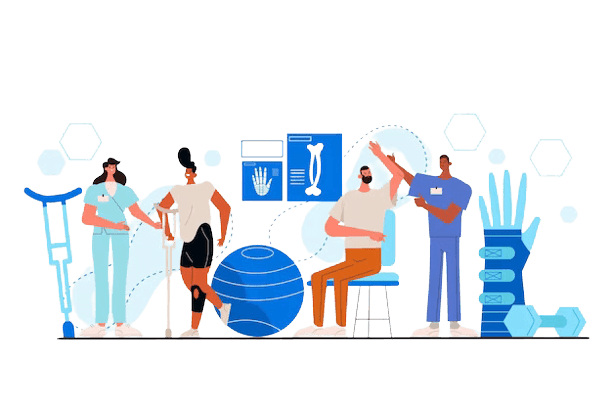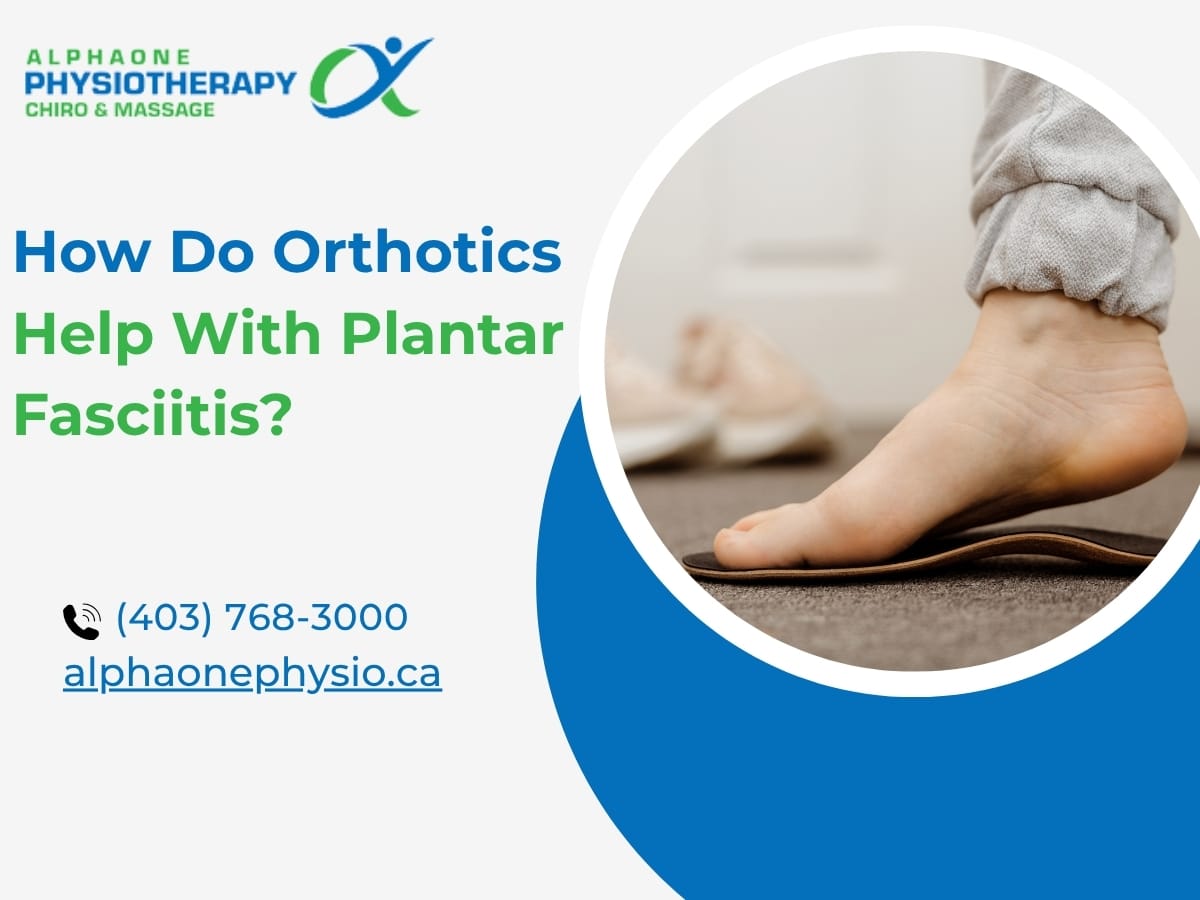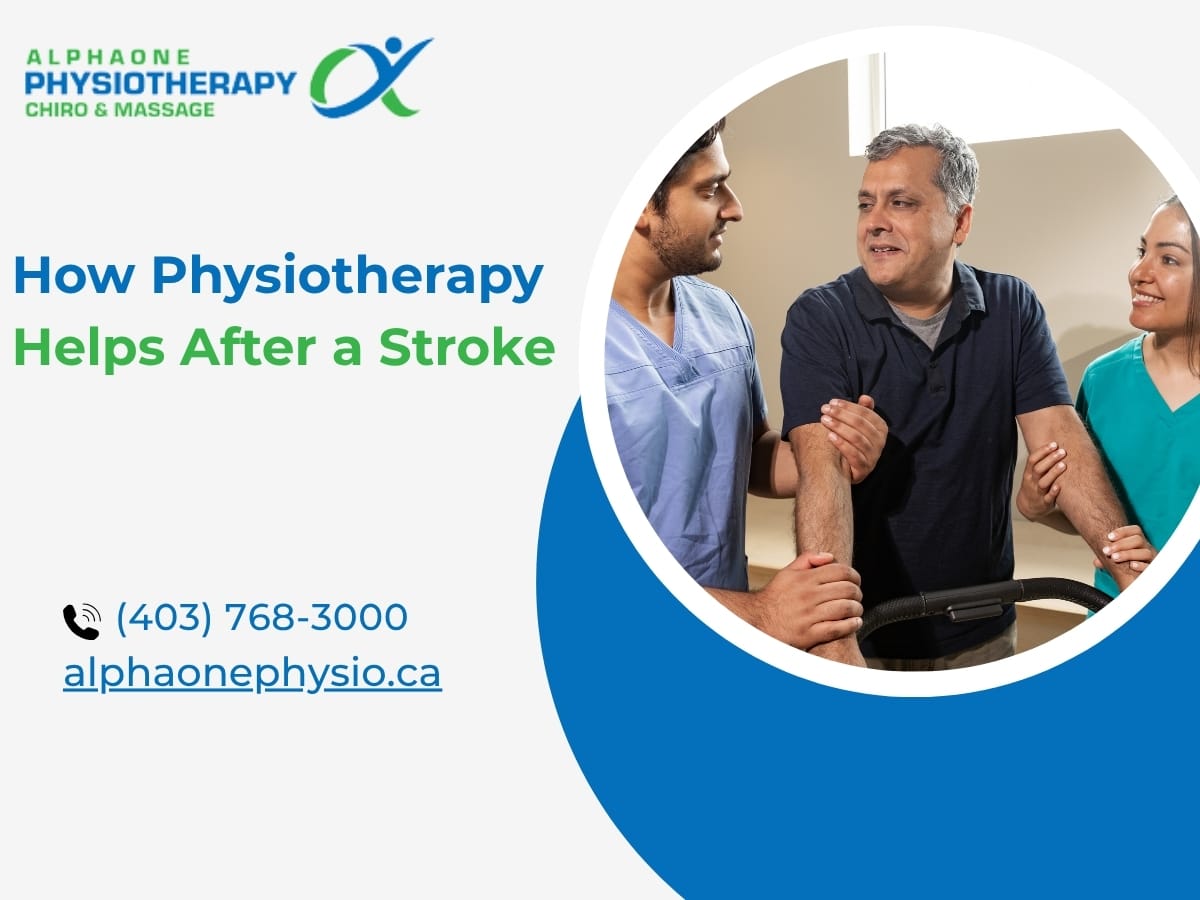Plantar fasciitis is one of the most common causes of heel pain in adults. Many people feel a sharp pain in the heel when they stand up in the morning or after sitting for a long time. This pain comes from irritation in the plantar fascia, which is a thick band of tissue under the foot. When the fascia gets too much stress, it becomes inflamed and painful.
According to foot health studies, around 1 in 10 people will experience plantar fasciitis at some point in their life. This shows how common the problem is and why proper treatment matters. One helpful treatment for many people is custom orthotics for plantar fasciitis.
Orthotics are inserts placed inside your shoes. They support your feet, change how pressure is distributed, and help the plantar fascia rest and heal. Custom orthotics are specially made for your exact foot shape, which makes them more effective than store-bought insoles.
Why Do People Get Plantar Fasciitis?
To understand why orthotics help, it is important to know why plantar fasciitis happens. The plantar fascia supports the arch and helps absorb shock when you walk. If the foot is not aligned well or if there is too much strain, the fascia can tear and become irritated.
Common causes include:
- Flat feet or very high arches
- Long hours of standing
- Tight calf muscles
- Walking on hard floors
- Overuse from sports
- Wearing old or soft shoes with no support
These issues put pressure on the fascia every day, which leads to pain. Orthotics help reduce this pressure.
How Custom Orthotics Help With Plantar Fasciitis?
1. They Support Your Arch Properly
The main benefit of custom orthotics is arch support. When your arch is supported, the plantar fascia does not stretch too much. This helps reduce pain. Custom orthotics match the natural curve of your foot, so they support the fascia exactly where needed.
2. They Reduce Heel Pressure
Many people feel strong heel pain because the heel takes most of the impact while walking. Orthotics spread the pressure across the entire foot, instead of letting it hit the heel alone. This reduces pain during daily activities.
3. They Improve Foot Alignment
Poor alignment is one of the biggest causes of plantar fasciitis. Some people roll their feet inward too much (overpronation), while others roll outward. Orthotics guide your feet into a better position. Good alignment helps the plantar fascia relax and recover.
4. They Improve the Way You Walk
Plantar fasciitis can change the way you walk. You may shift weight to avoid pain. This leads to more problems in the knees, hips, or lower back. Orthotics help you move naturally so that your muscles and joints work correctly again.
5. They Reduce Stress on the Calf Muscles
Tight calf muscles increase tension in the plantar fascia. Orthotics help control foot movement, which reduces the pull from the calf muscles. When the tension decreases, healing becomes easier.
6. They Work With Other Treatments
Orthotics give the best results when used with stretching exercises, physiotherapy, massage, taping, shockwave therapy, or supportive shoes. Many people experience faster recovery when combining treatments.
Different Types of Orthotics
There are several types of orthotics, such as:
- Soft orthotics: For cushion and shock absorption
- Semi-rigid orthotics: For balance and support
- Rigid orthotics: For full control of foot motion
Your therapist will choose the right one based on your foot type and pain level.
What to Expect When You Start Using Orthotics
When you first wear orthotics, your feet may need time to adjust. Some people wear them for only a few hours each day in the beginning. After one or two weeks, you can wear them for longer. Most people notice improvement within a few weeks. According to health surveys, about 70% of people with plantar fasciitis feel better after using orthotics regularly.
It is important to use orthotics inside supportive shoes. Soft or worn-out shoes will not give the results you want.
Final Thoughts
Custom orthotics for plantar fasciitis are a simple and effective way to reduce heel pain, improve alignment, and support healing. They help the plantar fascia rest, spread pressure evenly, and allow you to walk comfortably again. When used with proper treatment and good footwear, they can help you return to your normal routine without constant pain.
If you need personalised guidance or custom orthotics, you can visit AlphaOne Physio for expert assessment and support.
Frequently Asked Questions
Yes, orthotics help many people with plantar fasciitis. They support the arch, reduce heel pressure, and improve foot alignment. This takes stress off the plantar fascia so it can heal. Custom orthotics are more effective because they are made to match your foot shape.
Most people start to feel relief in 2 to 4 weeks. Some feel better sooner, while others may need a little more time. Your body needs time to adjust, so you should wear the orthotics every day for the best results.
Yes, custom orthotics are usually better for plantar fasciitis. Store-bought insoles give general support, but they are not made for your exact foot shape. Custom orthotics give perfect arch support and correct your foot alignment, which helps the plantar fascia heal faster.
Orthotics work best in supportive shoes with a firm base. You can use them in sports shoes, walking shoes, and work shoes. Soft or worn-out shoes will not give good results. If needed, you can ask your therapist which type of shoe is best for your orthotics.
Not always. Some people need orthotics long-term to keep their feet supported. Others may need them only until the plantar fascia heals. It depends on your foot shape, daily routine, and how your body responds to treatment. Your therapist will guide you on what is best for your condition.






